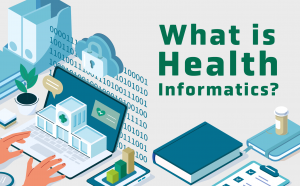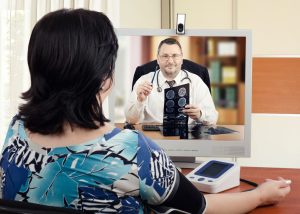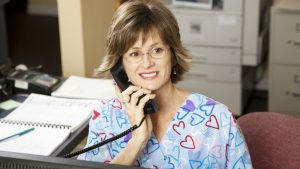Patient safety is a key element of health IT efforts as all of healthcare works toward improved patient outcomes and increased efficiency.
A recent study published in the Journal of Patient Safety and Risk Management has revealed that an alarming number of patient safety events go unresolved, around two-thirds. Of those, around 55% were believed to be related to training and education, while the other 45% had an IT related solution.
Further studies have unveiled additional problems with information silos between biomedical and IT departments. This leads to patient safety concerns when it comes to management of patient monitoring networks and the information they transmit. Network connectivity is essential for patient safety as the exchange of vital health information relies on it.
Medical device networking can be equally important, as problems can lead to wrong diagnosis or delays in care. A study from ECRI Institute noted that network errors can “lead to incorrect or incomplete data transfers.”
The Danger of Systems
Of the biggest safety concerns surrounding patient information, electronic health records that lack interoperability is a big problem as it can have a big effect on medication reconciliation.
As the use of technology in care settings increases, one area that is quickly advancing is the use of Clinical Decision Support Systems (CDSS). But these systems are not without problems of their own, much of which stems from perception and practice.
A study published in the journal Implementation Science outlined four theories that inform CDSS design. These are:
- Usability– Examines the interactions between technology and the end users
- Technology acceptance– Looks at predictors of intention to adopt technology
- Organizational theories– Focuses on organizational barriers, facilitators and training
- Practice theories– Examines the social aspect of technology adoption as it is normalized
By looking at CDSS through these lenses, the study found that many clinicians struggled with the perception of not having control over the system. As this gap in understanding is bridged, the focus of their criticism turns to issues around usability. These issues, however, have no effect on the clinician’s status or identity within their organizations, making them easier to solve through a collaborative approach with IT departments.
This is sometimes voiced as “who controls the controller?” It’s a question the researchers see being solved as the CDSS becomes a product of a community. CDSS is seen as a human product by many, meaning it requires optimization and legitimization as a tool. If its evidence is not up to date, it’s conclusions may be false. Many clinicians worry about younger doctors and staff who may be more trusting of the technology than is warranted.
Educating an IT Workforce for Healthcare
A big part of helping clinicians understand technology better and in turn, helping shape technology that will ultimately be of better use to the physician and ensure trust is educating the health IT workforce to serve as a bridge between the two worlds.
USF Health’s Master of Science in Health Informatics is designed to perform precisely this function.
Caroline Saavedra is a health IT veteran who comes from an IT background. For her, further development was needed to understand the needs of clinicians and develop IT solutions that can help conquer the challenges that healthcare faces today.
“I felt as though I needed more specific, detailed knowledge of how technology could help address some of the challenges within healthcare,” Saavedra says. “The Morsani College of Medicine has taken the time to select instructors who are trained clinicians or IT professionals with experience working in clinical settings. This has given me a holistic perspective of the field, its current challenges, and potential solutions that I had not considered to prior to this program.”




